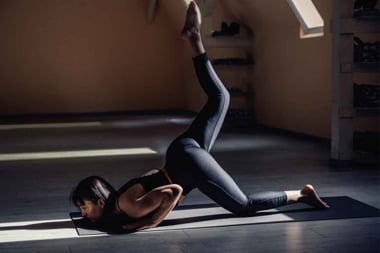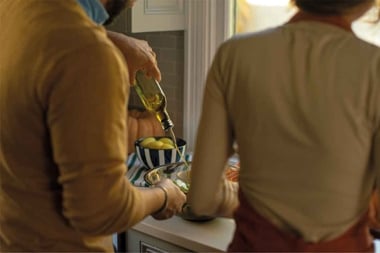Cupping: Promoting Circulation with Suction Cups
Cupping is a traditional healing technique that promotes circulation and detoxification by stimulating the skin with the application of suction cup.
Cupping is a traditional healing technique that promotes circulation and detoxification by stimulating the skin with the application of suction cups. While it is not as common in North America as in Europe, it has been a popular Western healing tradition since Hippocrates, and the same techniques are used in Chinese and Ayurvedic medicine
How Can It Help Me?
Cupping is particularly helpful for fast relief from muscle spasms, back pain, sciatica and arthritic and rheumatic problems. In stimulating the skin and underlying muscles, it promotes the release of toxins that have accumulated in this area, and encourages circulation of both blood and lymph vessels. In addition, it stimulates the organ-related reflex zones in the skin to further improve the function of inner organs, including the liver, stomach, intestines and kidneys. Cupping is thought to increase immunity in a particular area, since the suction causes the release of a histamine-like substance in the skin which stimulates immune system response.
Other detoxification therapies are often used in conjunction to enhance the eliminatory action of cupping. Together, they can be used to treat chronic pain and discomfort relating to these inner organs more successfully, even where other therapies have failed. Cupping can be applied in a wide variety of chronic conditions, from migraines and recurring respiratory problems to stomach spasms and gall-bladder colics.
How Does It Work?
There are two main types of cupping: dry and wet cupping. While dry cupping simply involves stimulation of the skin by suction, wet cupping includes some blood-letting as well, achieved by puncturing the skin with tiny needles before the cups are applied. Both techniques act similarly, but wet cupping has a stronger stimulatory action on the skin, muscles and corresponding organs. This form is more likely to be used for areas of congestion to reduce inflammation, pain and cramping. It is helpful for patients with stronger constitutions, who often have a tendency for high blood pressure and weight gain rather than weakness and thinness. Patients with weaker constitutions, especially if suffering from anemia or heavy periods, prefer dry cupping
How Is It Done?
Cupping is almost solely practiced on the back, often on either side of the spine, though cups can also be used on the abdomen and upper arms and legs. In sciatica for instance, several cups are placed on the lower back and along the affected leg. Cupping in the lower back area stimulates the urogenital organs, and often relieves headaches as well. In Chinese medicine, the glass cups are placed along meridians.
Cupping can be performed with a variety of methods. Cups are available with elastic knobs that provide a sucking action when pumped. Once applied to the skin, the cups can be pumped until the skin has reached the desired height inside the glass. A more traditional method uses plain glass cups. Using a small flame to create a vacuum inside the glass, the vacuum sucks the skin into the glass once it is applied to the skin. Both of these techniques are popular today.
In either method, several cups are applied one after another and then left on the skin for ten to thirty minutes. This stimulation dramatically increases circulation and in response, the skin discolors and bruising occurs. This bruising does not last long, unless the person bruises easily due to poor clotting of the blood. While cupping often feels uncomfortable, it is not painful. Skin stimulation can even be increased if desired, by applying creams to promote circulation before the glass cups are applied.
A cupping-massage technique can also be achieved using a suction cup with the pump and gliding it slowly along the skin. Before the massage, a massage oil is applied to facilitate the gliding of the cup along the skin. This technique is a more vigorous method to encourage the flow of lymph fluids and blood circulation, as well as to stimulate inner organ function. The cupping-massage is particularly useful for relief of muscle spasms and pain. Since this is a more painful technique, this type of massage should only take three or four minutes and allow the patient to rest for an additional fifteen minutes. Temporary skin discoloration and bruising typically occurs where the massage took place.




